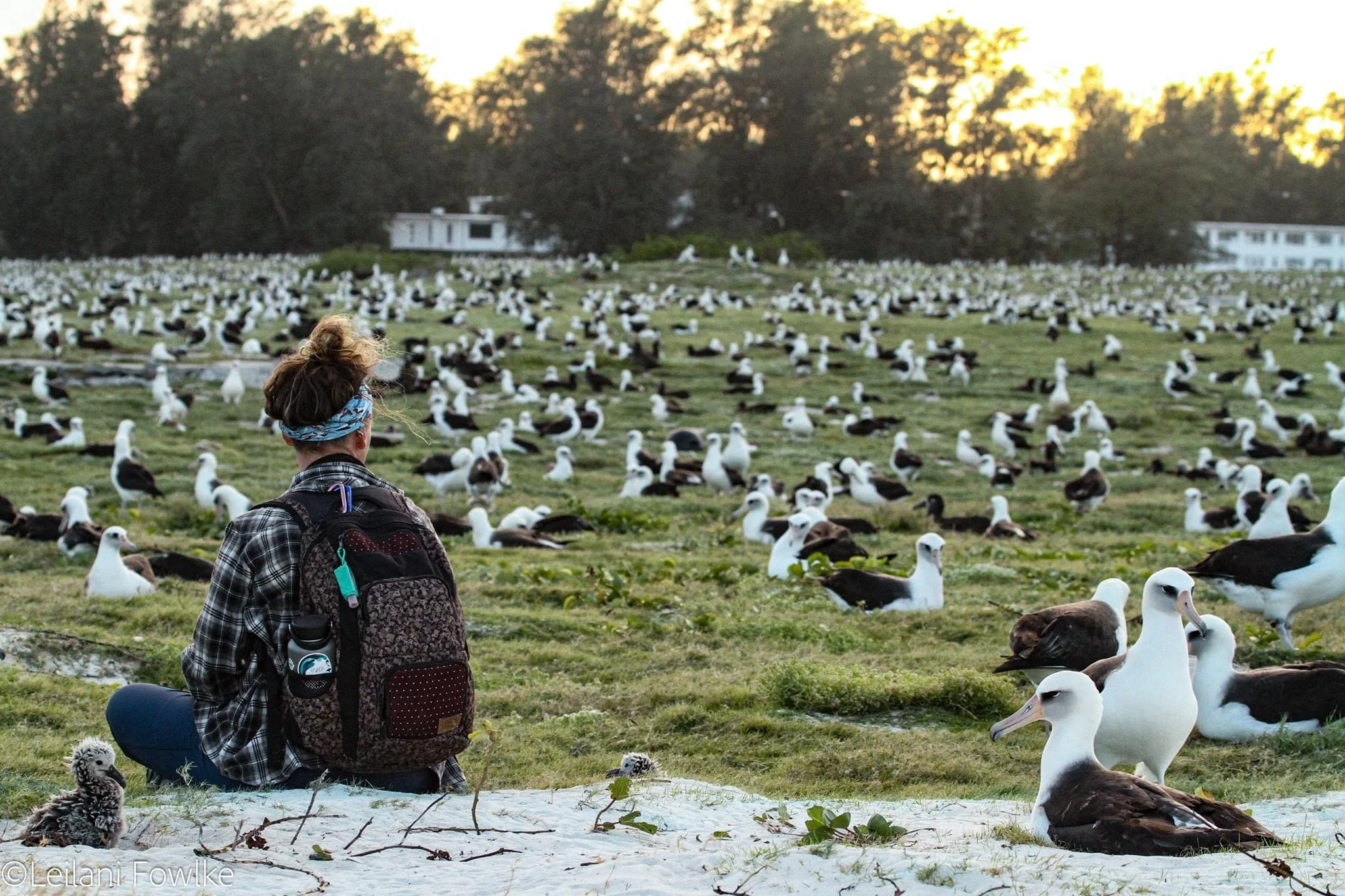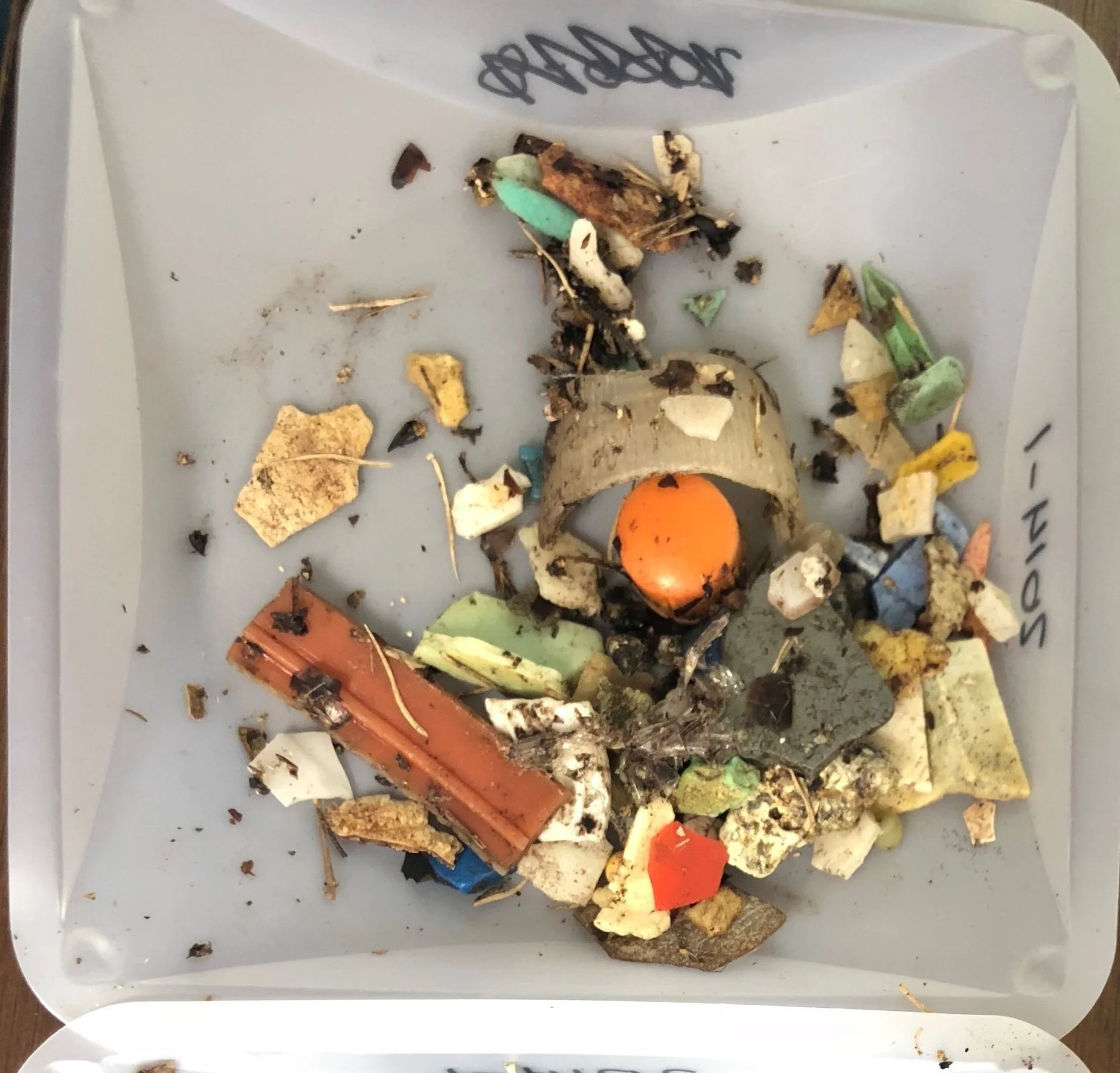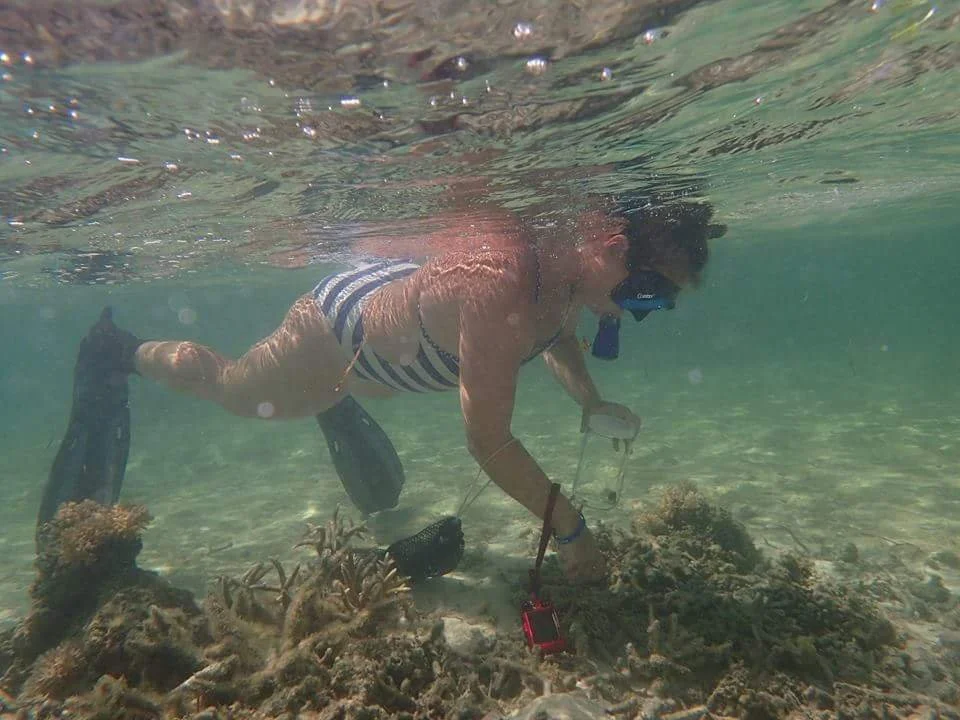
Research and Data Management
Professional Experience
PHD DISSERTATION
Revealing the Reproductive Life-history of two threatened and endangered seabirds: the Phoenix Petrel (Pterodroma alba) and Polynesian Storm-petrel (Nesofregetta fuliginosa)
Northern Illinois University, DeKalb, IL
In Dr. Holly Jones Evidence-based Restoration Lab, I am working to document the reproductive life-history of the Phoenix Petrel and Polynesian Storm-petrel. This work is essential in that of the 32 species of seabirds that nest in the U.S. Tropical Pacific Islands, these two are the most likely to go extinct. This threat status is due to a variety of reasons, but most significantly the presence in introduced predators at their breeding colonies, sea-level rise fueled by climate change, and endless threats on the open ocean. This threat is magnified as there is little life-history information available for either species. Upon collection of this data, I will conduct an in-situ trial translocation for both species.
Outside of the work focused on these two important seabirds, I further aim to quantify significant similarities and differences in the reproductive life-history and chick development of at least 10 Procellariiform species.
PRIVATE CONTRACTOR
Island Conservation, Santa Cruz CA
Working with David Will, Island Conservation Director of Impact and Innovation, and my PhD advisor, Dr. Holly Jones, I worked to summarize the vegetation restoration efforts that were conducted following invasive omnivore and herbivore eradications on island communities in over 30 countries thus far. To date, this has included completing a literature search, review and an initial comparative analysis of correlations between species eradicated, type of vegetation restoration and consequential outcomes from the eradication and vegetation restoration efforts.
ANIMAL CARE COORDINATOR
Pacific Rim Conservation
In addition to my animal care duties, I managed the translocated chick and returnee data. This included creating custom Excel databases for each species. Within each database I included pages that documented the chicks daily weight, changes both in amounts and percentages from the previous day, the amount of food each chick was fed both in grams and the percentage of the chicks total body weight. On a separate page, I created graphs that showed the weights and wing chord measurements of each chick alone, in the cohort and compared to every translocated chick. Additionally, I created a diet calculator page that helped in determining the exact amounts of food per chick and the exact amounts of each diet item to be included in their slurry daily. Daily, I would format formulas, review and create graphs as needed.
In the summers, I would analyze the contents of regurgitated albatross boluses by sorting natural vs. artificial, by color, size and weight. The goal of this research was to better understand what plastics the Oahu albatross consume to better understand how to discourage or prevent future plastic consumption.
Management of translocated chick trail cameras was also one of my duties. Here, I would set up cameras on each chick/ burrow and ensure camera functionality, review photos and videos, and document necessary data within the data base. This included significant developmental milestones, behaviors, and fledging dates.
Each season, I was selected to assist in the collection and translocation of the chicks, where I would also document collection and care data of the translocation chicks prior to their arrival at the translocation site.
RESEARCH FELLOW
Brigham Young University - Hawaii Biology Department
With Dr. Roger Goodwill, I was hired to collect and survey the marine invertebrate species of Saipan in the Commonwealth of the Northern Mariana Islands. Here, I would spend each day SCUBA diving and snorkeling to collect specimens and evenings photographing, identifying and storing each individual.
Capstone Research
Brigham Young University - Hawaii
During the final two years of working towards my undergraduate degree I researched how El Nino and La Nina affected the nesting success of the Hawaiian Stilt population at the James Campbell National Wildlife Refuge in Kahuku, HI. This work included locating nests, monitoring them with trail cameras, scopes and binoculars and conducting statistical analysis to find correlations between the number of nests and the year type.
My advisors for this work were Dr. David Bybee, Dr. Roger Goodwill and Dr. Brad Smith assisted with statistical analysis guidance.
This work would not have been possible without the support of the JCNWR U.S. Fish and Wildlife Team!





